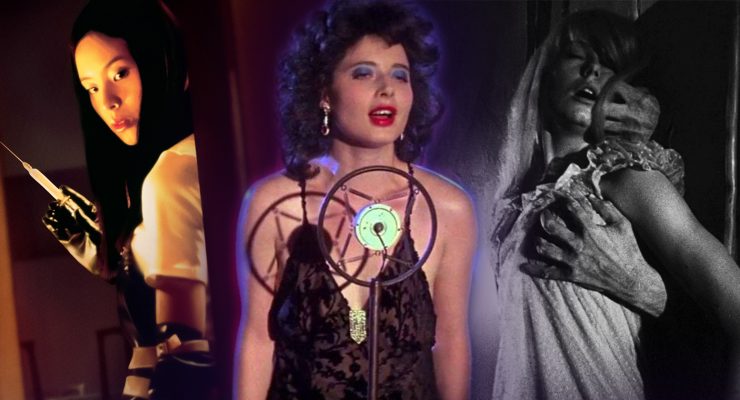Commenting on the Critics with Simon Columb….
Charles Arthur writes for The Guardian about the BBC’s decision to stop funding their venture into 3D television:
“… the corporation will stop making programmes in the new format at the end of this year at least until 2016 following “disappointing” takeup.
Despite an estimated 1.5m households in the UK having 3D-capable screens the BBC’s head of 3D, Kim Shillinglaw, said that using it in the home is a ‘hassly’ experience and that ‘I have never seen a very big appetite for 3D television in the UK.’ But it’s not just in the UK that 3D TV is in trouble. In June the giant US sports network ESPN announced it would kill its 3D sports offering, citing ‘low adoption of 3D to home’.”
Read the full article here.
I sit, 3D glasses atop my head, as Andy Murray takes on Novac Djokovic in the Wimbledon final. I am gathered with friends, huddled into a lounge, all excited about the outcome of this historic match.
It won’t be long before we all drop the glasses onto our nose and watch the game – but we have a few concerns. Crucially, we have to sit in a manner that gains the best angle. If you are viewing the screen from too much of a slant – or too low down – you will fail to see the majestic 3D on offer. If the sunlight hits the screen too much, it affects the viewing pleasures. The blinds have been drawn and sunny weather this Sunday is hidden away. In this instance, as passive 3D viewers, the glasses we are using are a mixture of the rejects collected from an Avatar or Iron Man 3 screening alongside the glasses provided with the 3D TV – so we are all capable of seeing the 3D (unlike “active” 3D viewers who require special glasses). Heaven forbid too many people turn up and we run out.
Cinematically, though we are watching sport, we could easily be sat watching Hugo, The Adventures of Tintin, Life of Pi or Prometheus. All are films that were made with 3D firmly in the mind of the visionary directors – Martin Scorsese moving through the clock tower; Ang Lee depicting the vast ocean and animals in the sea; Steven Spielberg and the incredible chase between Tintin, Snowy and Haddock as they try to grab a set of scrolls.
But it seems that the 3D craze is already drawing to a close. BBC and ESPN pulling their funding of their own respective 3D enterprises because of a low take-up since 2010. Can three years truly write off an entire form of viewing? The price of 3D TVs are dropping and, considering it is more of an “add on” rather than a definitive form of viewing, we cannot assume that this is the end of 3D.
Personally, I don’t own a 3D TV and have no deep desire to purchase one – but when my current TV inevitable breaks down the small, slight increase for the optional 3D capabilities is surely something I would include in my purchase. After all, if I even want to be close to seeing the directors vision of Toy Story 3 or Avatar, it will be in 3D. Unlike sport, film is something that is popular because of how accessible it is – and akin to listening to the LP versions of The Beatles’ back catalogue – I will always want to see a film in the way the artist intends it to be seen. I adored Life of Pi at the cinema – and partly because of the 3D. I won’t be buying the film any time soon – but only because I’d like to watch it in 3D and I don’t have a 3D TV. But inevitably – like the now-defunct teletext – as an optional extra, when I buy a TV, I’ll think “why not” and buy Life of Pi later.
In three years, 3D was never going to change television and viewing habits in the manner that DVD took down VHS in the late 90s – but it is a format that will not disappear any time soon at the cinema. With this in mind, 3D releases will continue to be made and as TVs are re-bought and the prices are almost insignificant in the difference between 3D and non-3D, it will be an optional extra that we’ll all own. I have a feeling that within the next three years, ESPN and BBC will reinvest in 3D productions.











